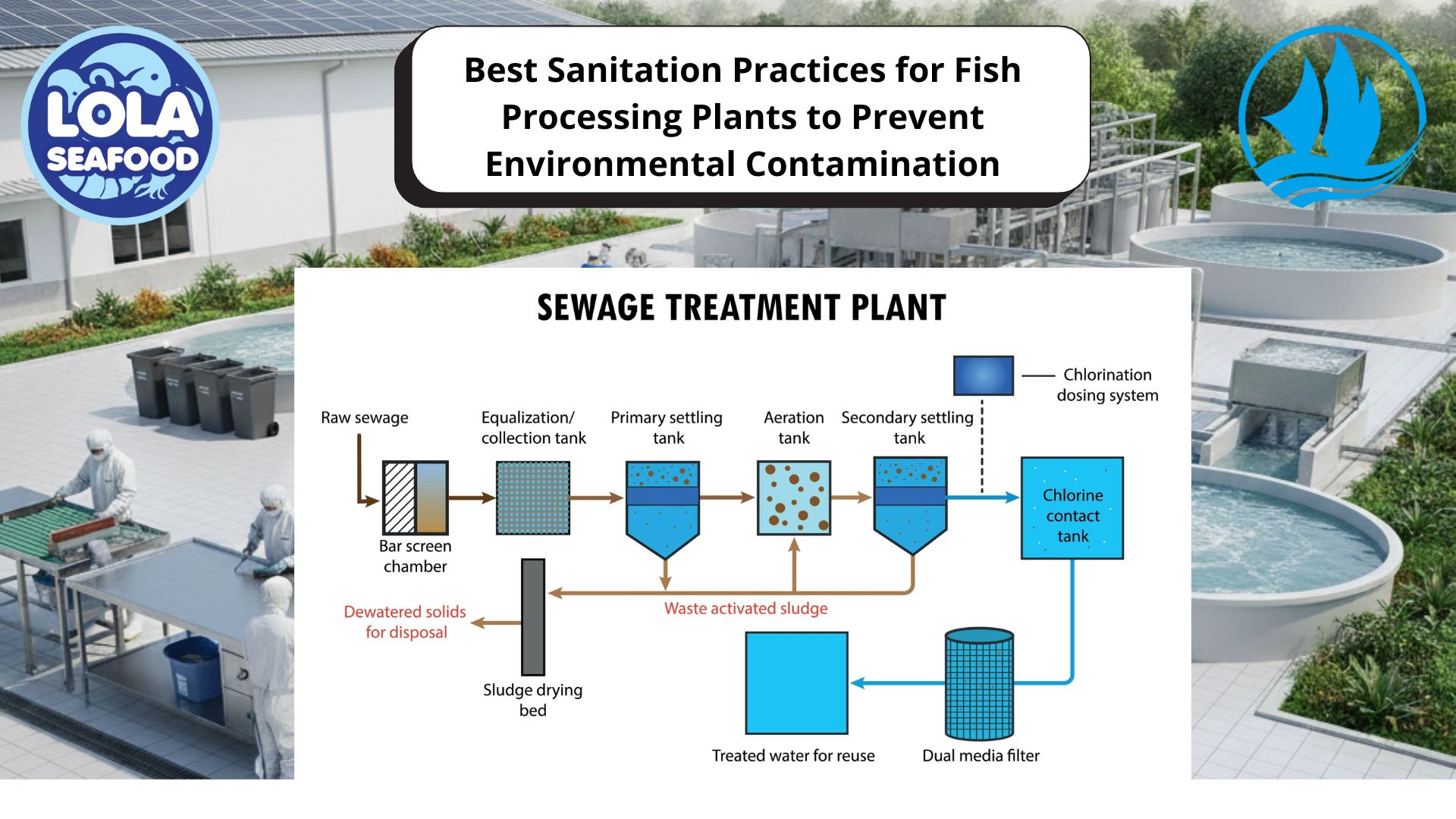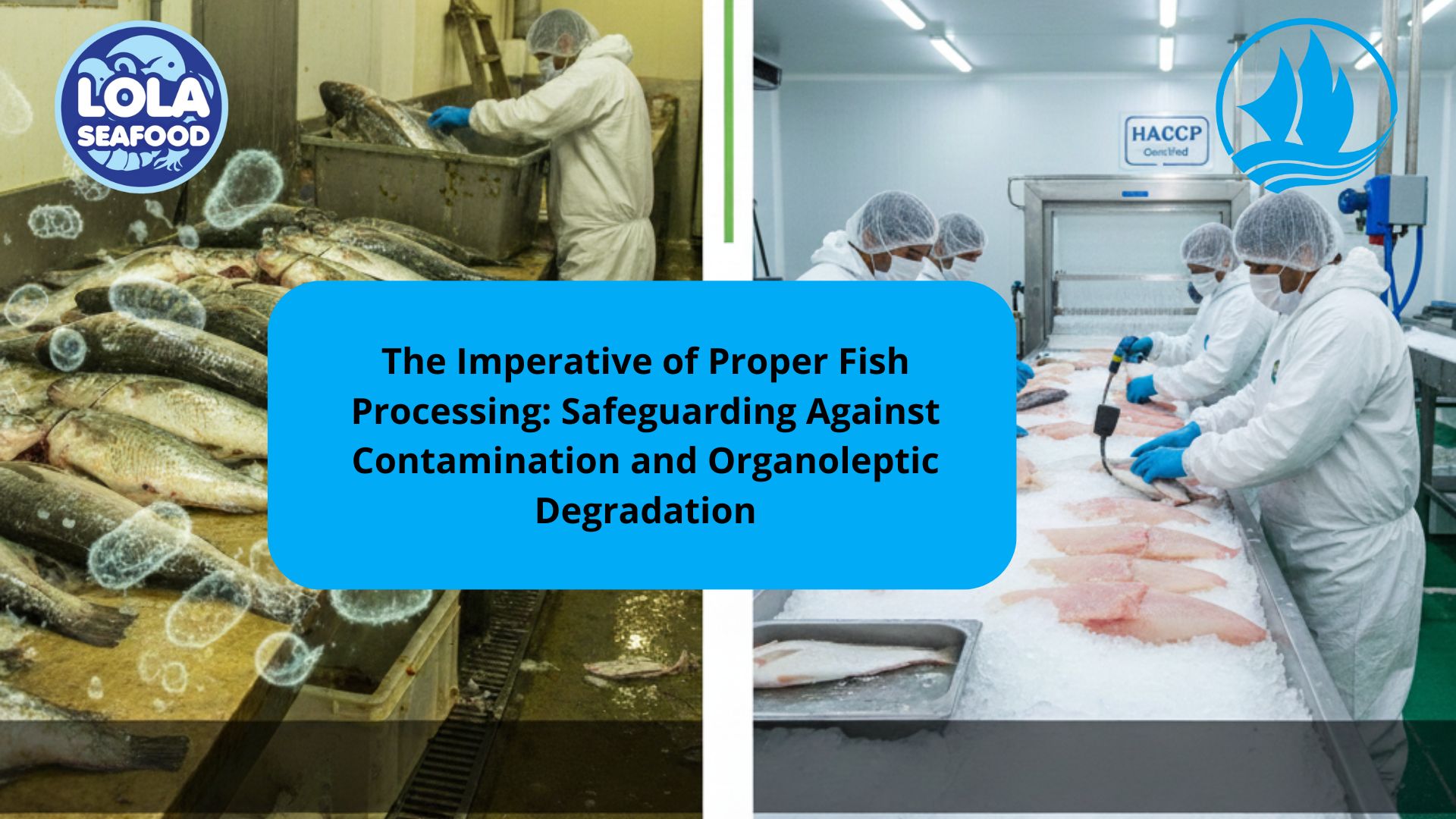THE THERMAL TREATMENT FOR STERILISATION
By. Najih - 01 Aug 2024.jpg)
The thermal treatment of food is necessary in order to:
- Reduce the microbiological flora present in the food
- Avoid alterations produced in the food by non-pathogenic micro-organisms
- Apply the appropriate amount of heating/cooling to each of the foods in question
The four principal objectives of the application of thermal treatment are:
- Destroy micro-organisms which could affect the health of the consumer
- Destroy micro-organisms which could alter the properties of the food
- Deactivate any enzyme action
- Optimise the retention of quality factors at minimum cost
Thermal Treatment encompasses a range of procedures, but the principles ones are pasteurisation and sterilisation, which are designed to destroy microbes, rather than scalding or cooking, which also achieve a reduction in microbial content, but whose principal objective is a variation in the structure of the food.
The most effective method for the sterilization of packaged foods is heat disinfection. This method involves heating the food and its containers up to temperatures that eliminate any microorganisms that may damage them. In this sense, food sterilization temperature ranges from 115 to 127 °C, depending on the type of food. This is high enough to ensure the complete annihilation of any common pathogens. Temperature control and ensuring that the necessary temperatures are reached in these processes is vital, as errors can have serious health consequences. One of the several disinfection methods is the sterilization of preserves in an autoclave. These machines heat the preserves using water vapour above 100 °C and subject them to high pressure. High temperatures and water vapour together lead to the denaturation of proteins in microorganisms, contributing to an effective elimination.
Sterilisation signifies the destruction of all viable organisms and their spores which could be cultivated using appropriate techniques by means of the application of temperatures in excess of 100°C. For example, a low acid food (pH>4.6) requires heating above 100°C, generally between 116°C and 130°C for a time which is sufficient to reduce the number of Clostridium botulinum spores by the value of 1012. However, high acid foods (fruit juices) do not need such intensive treatment as bacteriological development does not take place at these pH values.

The Legal Shark Value Chain: Identifying Critical Control Points for Cost Efficiency and Value Enhancement from Catch to Consumer

Global Trust Across Three Segments: How the HACCP System Ensures Premium Quality for Demersal, Pelagic Fish, and Legal Shark Product Utilization
.jpg)
Green Investment, Profitable Harvest: How Sustainability Practices Reduce Operating Costs in Fish Fillet Processing Plants (Skin-On and Skin-Less)
 in Meeting Global Protein Demand Sustainably.jpg)
Sustainable Aquaculture: The Role of Recirculating Aquaculture Systems (RAS) in Meeting Global Protein Demand Sustainably




